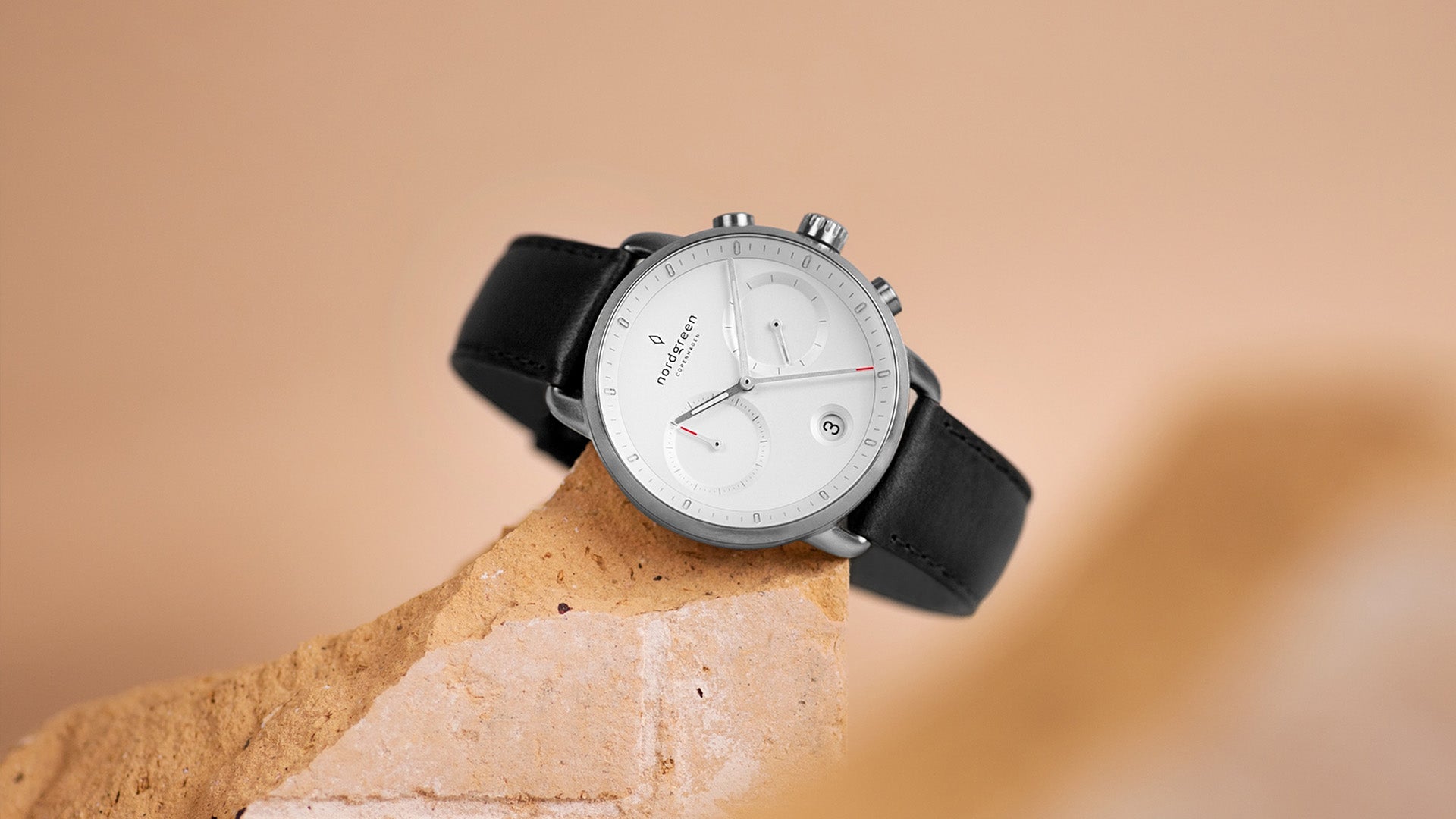From early pocket clocks to the first wristwatch
The first portable timepiece appeared long before the wristwatch was ever imagined. Around 1505, German clockmaker Peter Henlein designed a small, pomander-style clock — a pendant-like object that could be worn or carried. Though far from today’s wristwatches, it marked the beginning of portable timekeeping.
Fast forward to 1868, and Swiss watchmaker Patek Philippe created the first known wristwatch for Countess Koscowicz of Hungary. Initially crafted for women as a piece of fine jewelry, the wristwatch blended function and fashion — a tradition that continues today.
Yet, other names also enter this fascinating timeline. In 1810, Abraham-Louis Breguet designed a wristwatch for the Queen of Naples, predating Patek’s creation and adding another layer to this debate. Regardless of who was first, one thing is certain: these innovations laid the foundation for centuries of horological advancement.
यांत्रिक से क्वार्ट्ज सटीकता की ओर बदलाव
प्रारंभिक यांत्रिक घड़ियों को बार-बार घुमाने और नाजुक रखरखाव की आवश्यकता होती थी। हालांकि 20वीं सदी ने एक बड़ा परिवर्तन लाया — क्वार्ट्ज मूवमेंट। बैटरी से चलने वाले मेकेनिज़्म के आगमन के साथ, समय नापना अधिक विश्वसनीय, किफायती और सटीक हो गया।
Nordgreen में, हम इस सटीकता की विरासत को जारी रखते हैं और अपनी कलेक्शन में पुरस्कार विजेता जापानी Miyota क्वार्ट्ज मूवमेंट का उपयोग करते हैं। इससे हर Nordgreen टाइमपीस दृढ़ता और सहज सटीकता देता है — साथ ही वह मिनिमलिस्ट स्कैंडिनेवियाई सौंदर्य भी बनाए रखता है जो हमारे ब्रांड की पहचान है।

